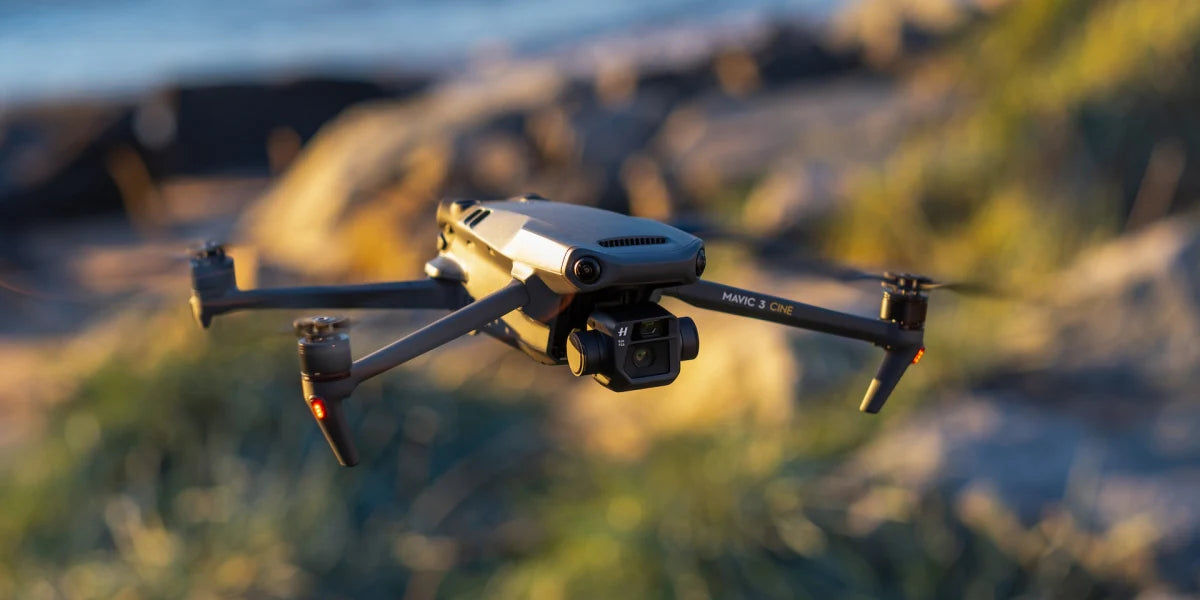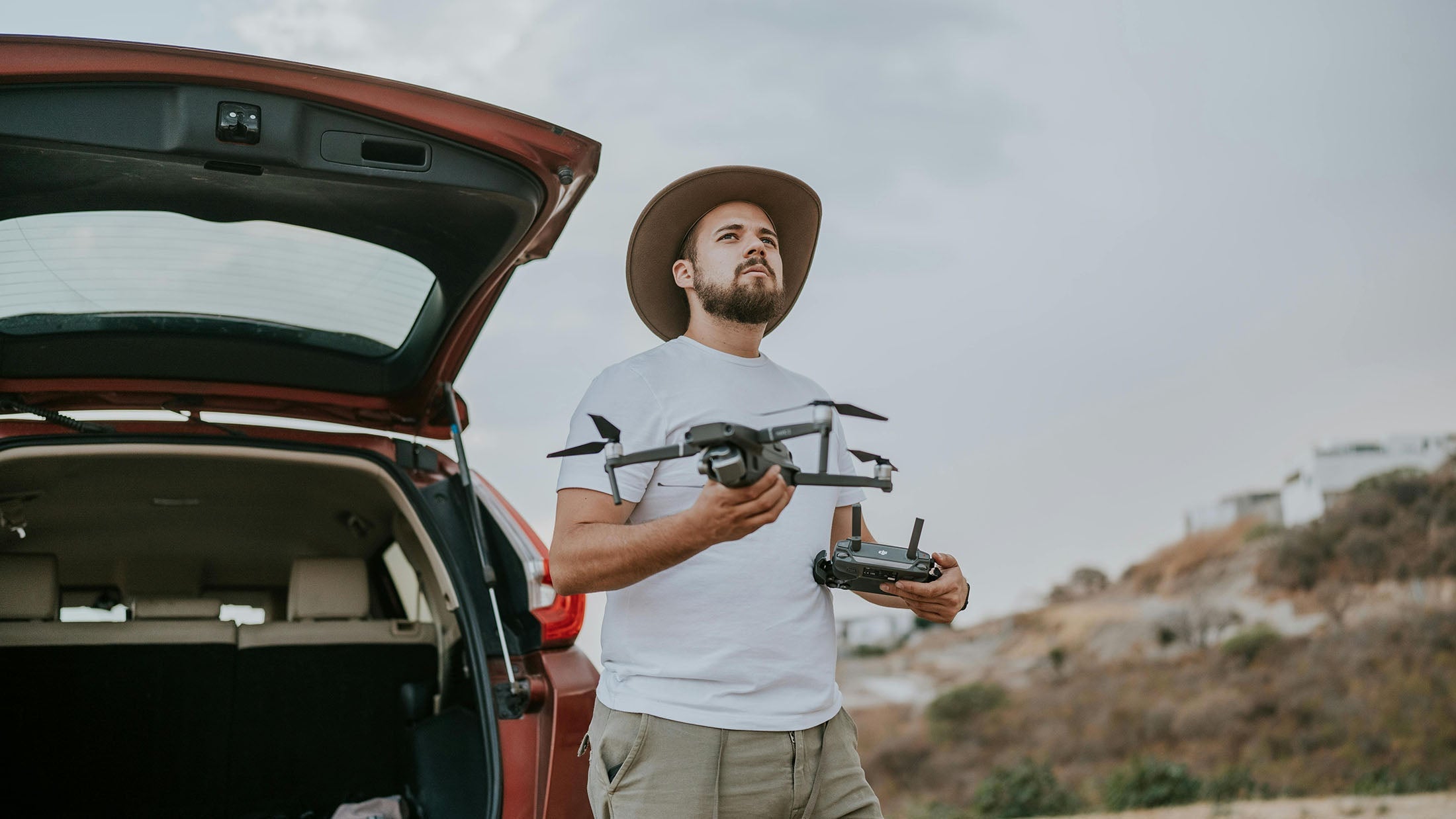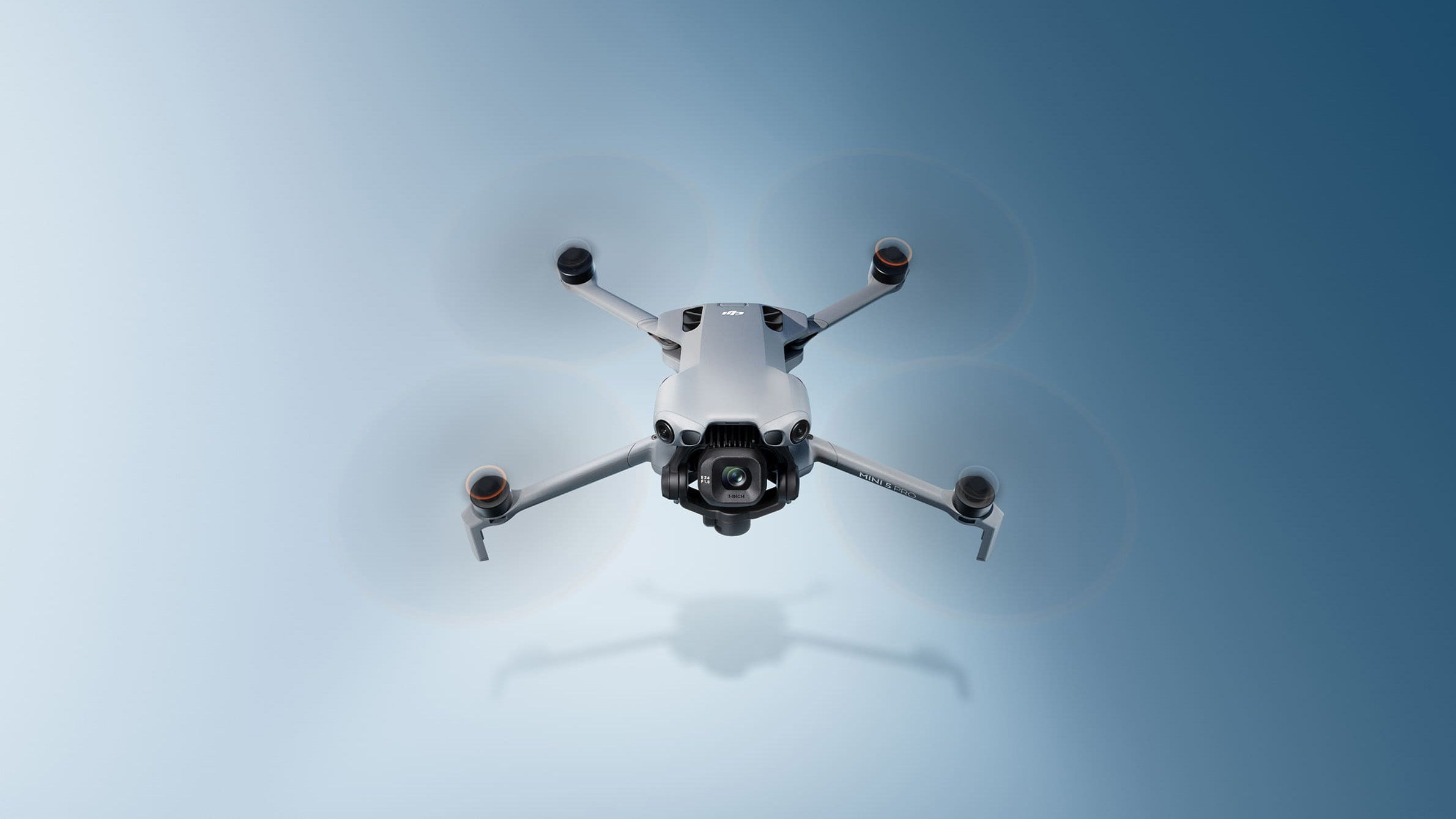You have just bought a new drone and want to start flying it. But is this allowed just like that? Since 2020, new European legislation for drones has come into force. Because of this new legislation, many things have changed for drone pilots. As a drone pilot, it is important to stick to these drone rules. Fines for breaking drone regelse can be high. This article explains the most important drone rules of 2023.
What are the key drone rules in 2023?
Here is the list with requirements:
- Before you can fly a drone, you need to obtain a EU drone licence
- You have to register yourself as a drone pilot and apply for an operator number
- A drone is allowed to fly a maximum height of 120 metres
- In the Netherlands, drone flying is only allowed during the day, night flying is prohibited in the open category
- No drone may be flown in a (temporary) no-fly zone
- No flying over uninvolved persons is allowed
What drone categories will there be in 2023?
In the open category, there are three subcategories into which the drone can fall. The table below shows these categories. Another category is the specific category. As a pilot, you enter the specific category when you exceed the limits of the open category.
|
Subcategory |
Weight of drone without Cx label |
|
A1 |
0-500 g |
|
A2 |
500 g - 2 kg |
|
A3 |
2-25 kg |
From 1 January 2024, all aircraft weighing 250 grams or more without a Cx label will fall into subcategory A3. You will therefore no longer be able to fly these types of aircraft in subcategory A2. Does your drone already have a Cx label? Then this table will apply to you.
|
Cx label |
Weight |
Subcategory |
|
C0 |
0-250 g |
Subcategory A1 |
|
C1 |
0-900 g |
Subcategory A1 |
|
C2 |
0-4 kg |
Subcategory A2 or A3* |
|
C3 or C4 |
0-25 kg |
Subcategory A3 |
* You may voluntarily fly a C2 label drone in subcategory A3 if you adhere to A3 restrictions.
Under the 2023 drone rules, do I need an EU Drone License?
The pilot must hold an EU drone licence when the drone is heavier than 249 grams. The EU Drone Licence consists of a Basic Certificate and a Supplementary Certificate. The Basic certificate (A1-A3) gets you started, while the Additional certificate (A2) allows you to fly slightly heavier aircraft in built-up areas.
The main differences between the two certificates are explained below.
Certificate A1-A3
- This is the Basic certificate
- Mandatory for drones from 250 g to 25 kg
- With this certificate (drones from 2 kilos or with C3-C4 label), you have to keep at least 150 distance from built environment
Certificate A2
- This is the Additional certificate
- Optional for drones from 500 g to 2 kg
- Keep 50 metres away from uninvolved persons
- Flights are allowed above built-up areas
Want to know which certificate you need to comply with the 2023 drone rules? Use this selection guide to see which certificate you need to comply with.
Under the 2023 drone rules, do I need an operator number?
The operator number is mandatory for all drones with an on-board camera. Furthermore, this number is mandatory for devices without a camera from 250 grams.
You can request the operator number from the national authority. In the Netherlands this is the RDW. You will receive a number from the authority. This number must be attached to the drone using a sticker.
The operator number is valid throughout the EU. You may therefore fly abroad with your Dutch operator number.
What does the transitional arrangement entail?
The transitional arrangement allows drones without a Cx label to be flown as there were no Cx labels at all in the past two years. However, this will end from 1 January 2024.
Drone manufacturers are supposed to test new drones against high safety requirements. When a drone is approved, it receives a Cx label. Drones can also receive a Cx label retrospectively, if the manufacturer is committed to this.
Drones, which weigh 250g or more and do not have a Cx label, will automatically fall into subcategory A3 from 1 January 2024. This means you need to maintain more distance from buildings with these drones.





Share:
Drone photography: 8 tips for starters
Drone map the Netherlands 2023